klem
I really should change my personal text
- Joined
- 7 March 2015
- Messages
- 617
- Reaction score
- 1,242
The discovery of dynamite in 1867 had already marked a great advance in pyrotechnics, since Nobel had succeeded in reducing the danger of handling nitroglycerine. On the other hand, he had not found a suitable device to cause the explosion at the moment the projectile reached the target. The Germans had experimented unsuccessfully with dynamite and then turned their research to the use of nitrocellulose. This time the explosive proved satisfactory for use, projectiles were tested in 1886 at the camp of Kümmersdorf-Berlin to observe the effects on fortifications, but in the meantime, another invention by a Prussian artillery officer, named Helhoff, was proposed, an explosive mixture. The shell enclosed two tanks (consisting of azotic acid and nitrated hydrogen carbide), enclosed, in a liquid state, in two separate compartments) in order to avoid a premature explosion. The projectile was developed around 1881 and was first experimented with the 78.5 mm field gun. The tests were then continued with the 150 mm and 210 mm howitzers, successively firing shells loaded with black powder and shells loaded with the new explosive, which had already been named "Helhoffite". In France, the research on the new explosive worried the artillery and engineering authorities, so many inventors were invited to propose serious improvements to the nature and loading of the projectiles. Fortunately, there were serious proposals in the files examined each year by the Artillery Committee: among them was the project of the engineer Turpin, and the explosive he proposed to adopt bore a certain resemblance to the German Helhoffite. In 1880, he came up with a mixture in which the oxidizer was no longer azotic acid as in Helhoffite but nitrous oxide, while the fuel was carbon sulphide - the latter could be replaced by nitrobenzene. The two liquids were enclosed in two separate tanks as in the German projectile and the mixing also took place when the shell was placed on its trajectory.Turpin had named his explosive "panclastite".In 1884 Turpin was able to obtain the constitution of a commission to experiment his panclastite.The results were satisfactory but the problem of loading had not yet been entirely solved.
Turpin was thus led to seek the solution for this problem then he conceived, a type of fuse, or the shock of the impact of the projectile caused the crushing of a capsule of fulminate.one thus obtained a fuse with delay, with this end a patent of invention was deposited by Turpin.Turpin baptized the new explosive the melinite. At the beginning of 1886 a first batch of 75,000 shells and 300,000 fuses had been put into production, but the experiments did not stop, they continued from 30 September 1886 to 1888. With helhoffite the Germans had already obtained results, undoubtedly inferior to those of the Turpin explosive, but could the secret of the latter be preserved for long when it was no longer protected by a contract? As early as December 1887, the Austrians knew the chemical nature of melinite and an Austrian brochure published in July 1888 referred to Turpin's work. The Germans, for their part, were undoubtedly aware of this as early as 1887 and it was later known that they had decided to generalise the use of melinite for the ammunition of their field artillery from 1891. The British and Japanese adopted it under the names Lyddite and Shimose, similar explosives.
(https://eugeneturpin.blogspot.com/p/la-crise-de-lobus-torpille.html)-(www.fortiffsere.fr/forts/index_fichiers/Page837.htm)-(www.institut-strategie.fr/RIHM_82_ROCOLLE.html)-(Espace et Temps, n°19-2017.p.14-16)
Turpin was thus led to seek the solution for this problem then he conceived, a type of fuse, or the shock of the impact of the projectile caused the crushing of a capsule of fulminate.one thus obtained a fuse with delay, with this end a patent of invention was deposited by Turpin.Turpin baptized the new explosive the melinite. At the beginning of 1886 a first batch of 75,000 shells and 300,000 fuses had been put into production, but the experiments did not stop, they continued from 30 September 1886 to 1888. With helhoffite the Germans had already obtained results, undoubtedly inferior to those of the Turpin explosive, but could the secret of the latter be preserved for long when it was no longer protected by a contract? As early as December 1887, the Austrians knew the chemical nature of melinite and an Austrian brochure published in July 1888 referred to Turpin's work. The Germans, for their part, were undoubtedly aware of this as early as 1887 and it was later known that they had decided to generalise the use of melinite for the ammunition of their field artillery from 1891. The British and Japanese adopted it under the names Lyddite and Shimose, similar explosives.
(https://eugeneturpin.blogspot.com/p/la-crise-de-lobus-torpille.html)-(www.fortiffsere.fr/forts/index_fichiers/Page837.htm)-(www.institut-strategie.fr/RIHM_82_ROCOLLE.html)-(Espace et Temps, n°19-2017.p.14-16)
Attachments
-
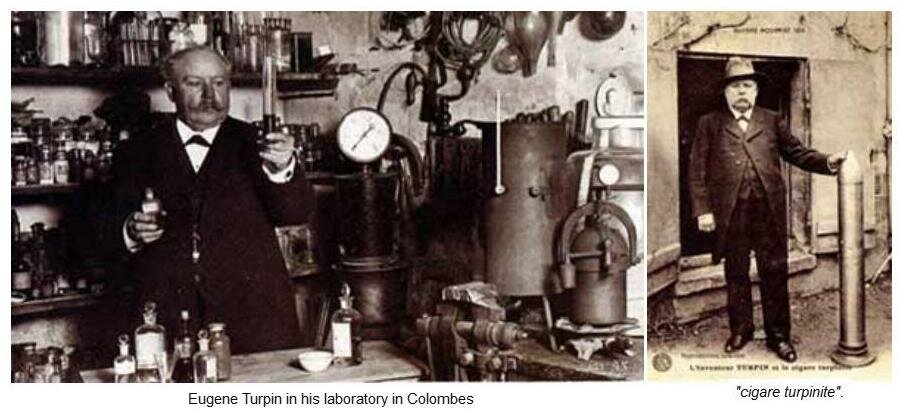 a.jpg63.2 KB · Views: 12
a.jpg63.2 KB · Views: 12 -
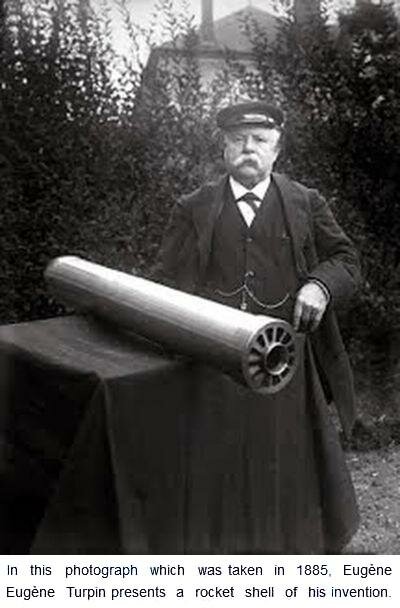 b.jpg38.2 KB · Views: 12
b.jpg38.2 KB · Views: 12 -
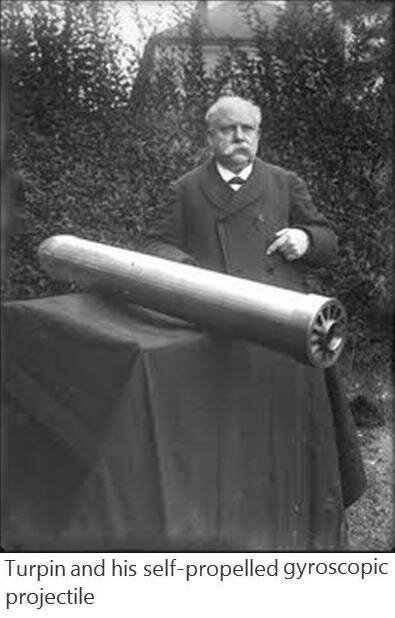 c.jpg34 KB · Views: 10
c.jpg34 KB · Views: 10 -
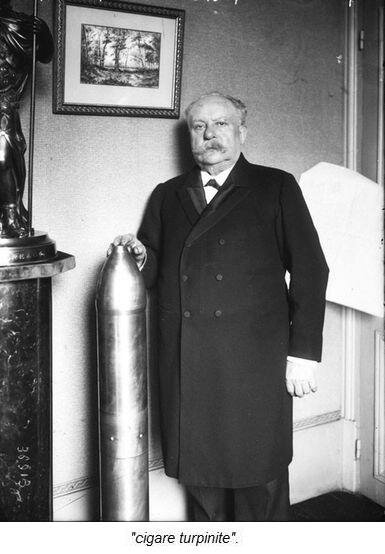 d.jpg34.3 KB · Views: 14
d.jpg34.3 KB · Views: 14 -
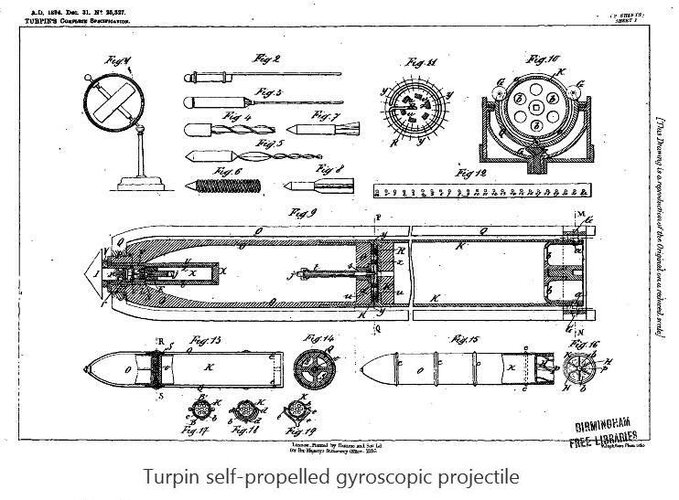 e.jpg79.9 KB · Views: 16
e.jpg79.9 KB · Views: 16 -
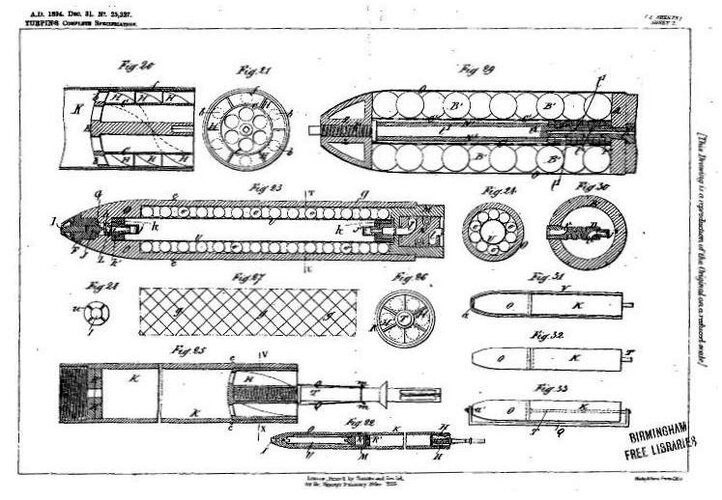 f.jpg203.6 KB · Views: 19
f.jpg203.6 KB · Views: 19 -
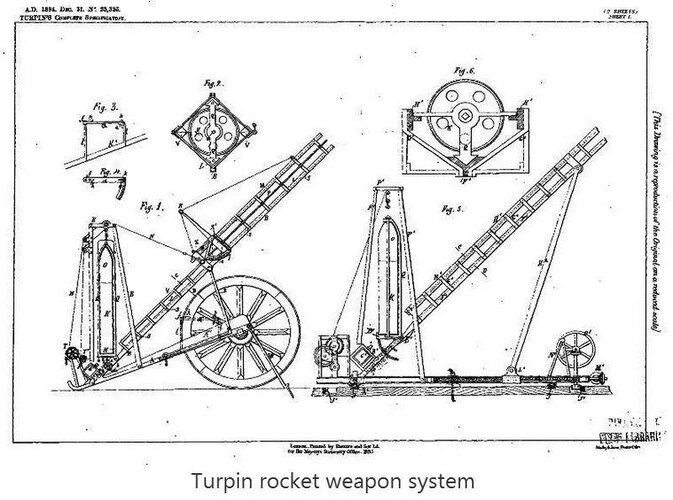 g.jpg86.4 KB · Views: 17
g.jpg86.4 KB · Views: 17 -
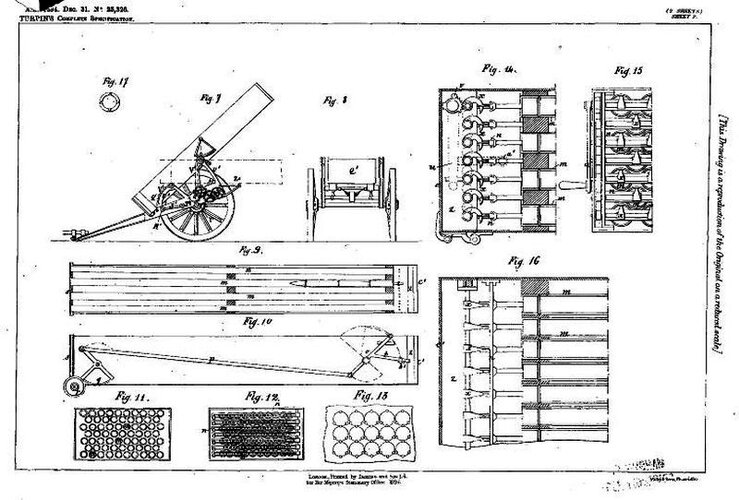 h.jpg228 KB · Views: 17
h.jpg228 KB · Views: 17 -
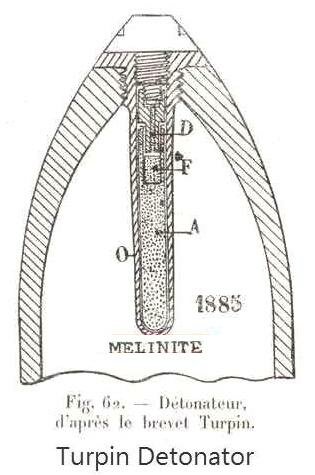 i.jpg33.4 KB · Views: 17
i.jpg33.4 KB · Views: 17 -
GB189425326A_Original_document.pdf1.1 MB · Views: 4
-
GB189425327A_Original_document.pdf1.6 MB · Views: 7
Last edited:
